A Search for the Source (Grades 3-5)
Students determine that agriculture provides nearly all of the products we rely on in any given day by participating in a relay where they match an everyday item with its "source."
Students determine that agriculture provides nearly all of the products we rely on in any given day by participating in a relay where they match an everyday item with its "source."
Students identify the process used by plants to make their own food and discover how photosynthesis provides the food they eat.
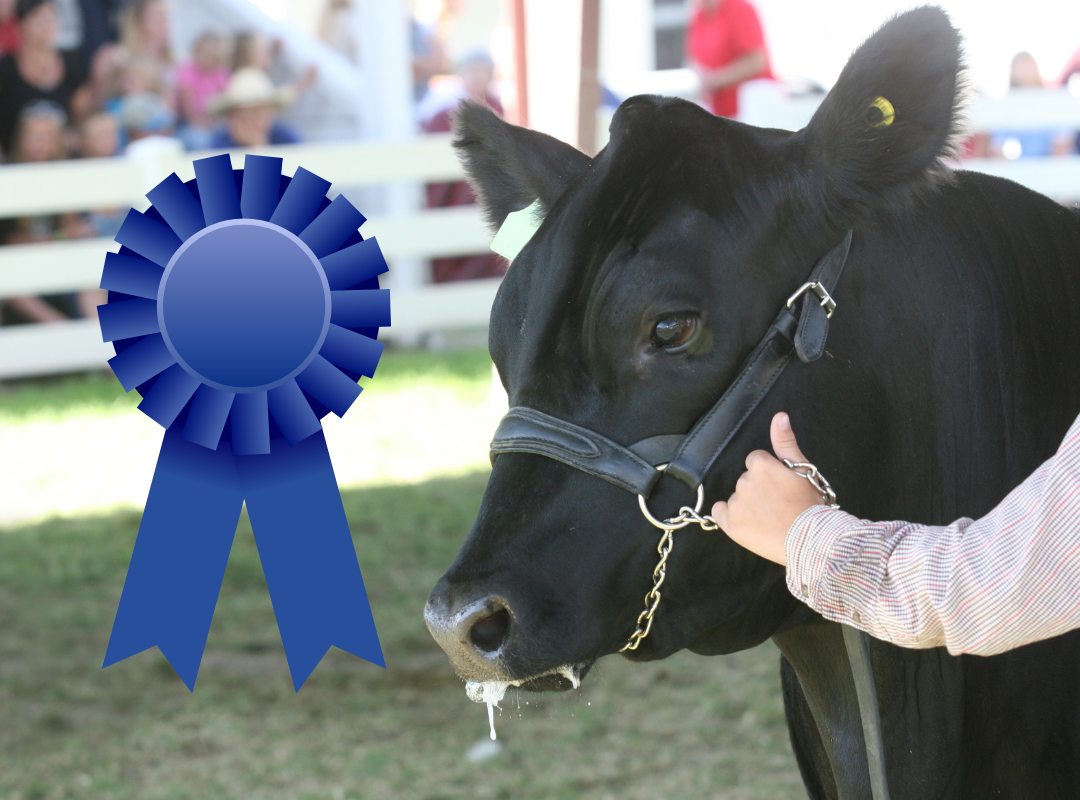
Students investigate how diseases are spread and discover how to prevent transmission between humans and animals.
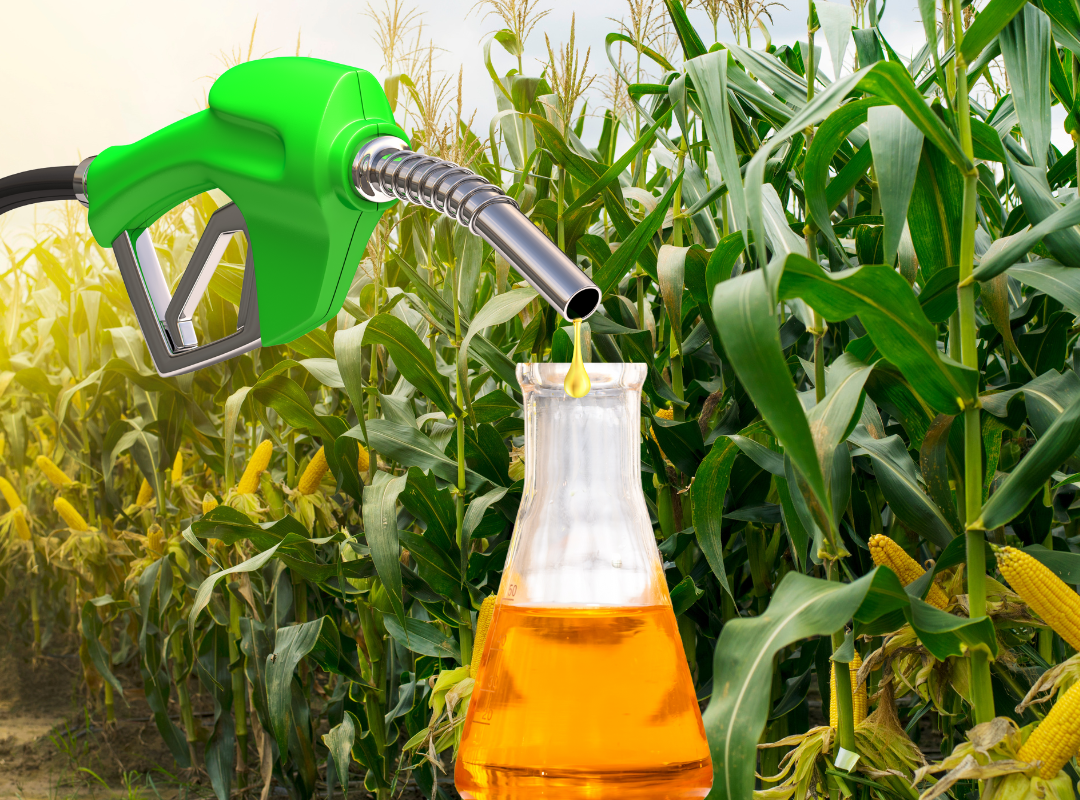
Students explore the process of fermentation in the creation of ethanol and observe the role enzymes play in the fermentation of starch.
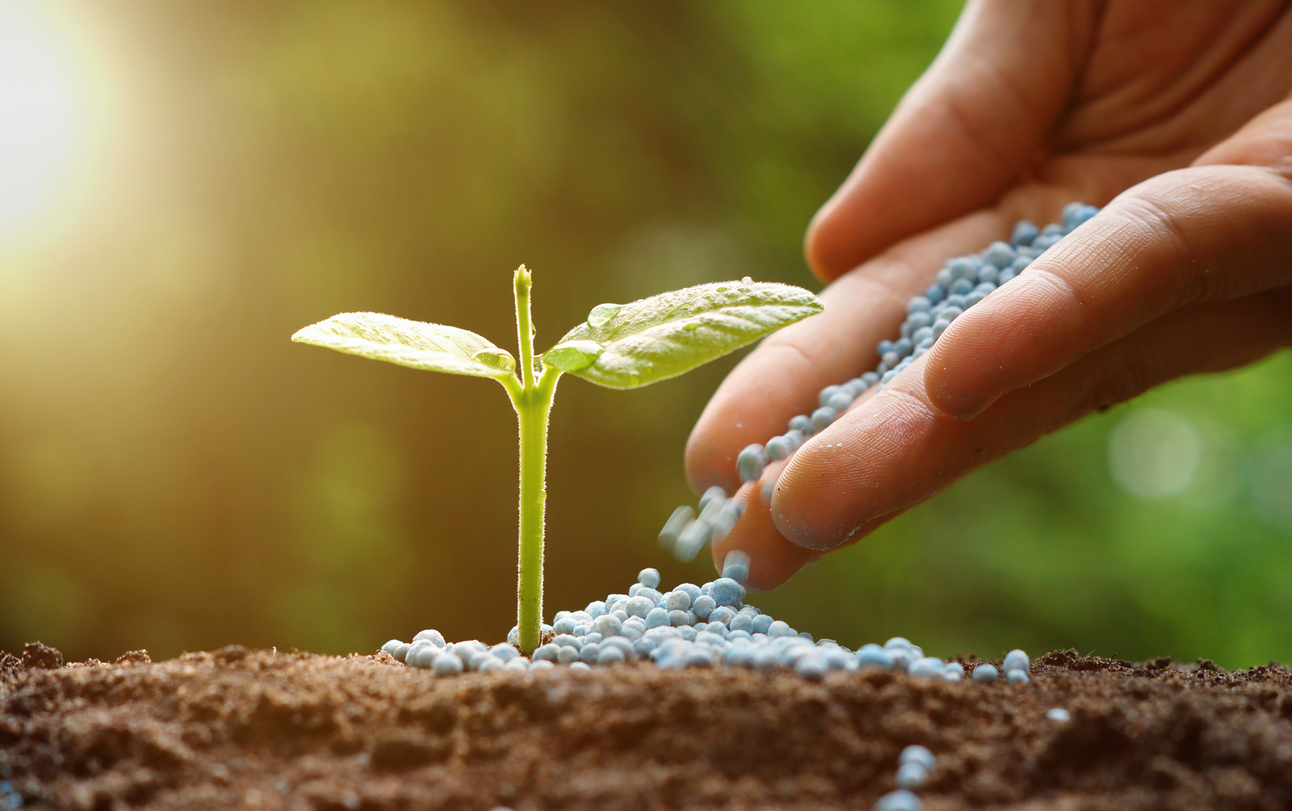
Students will recognize that fertile soil is a limited resource, describe the role fertilizer plays in increasing food productivity, distinguish between organic and commercial fertilizers, describe how excess nutrients are harmful to the environment, and identify different sources of nutrient pollution.

In this lesson students will recognize that fertile soil is a limited resource to produce food for a growing population, describe the role fertilizer plays to increase food productivity, distinguish between organic and commercial fertilizers, and recognize how excess nutrients are harmful to the environment.
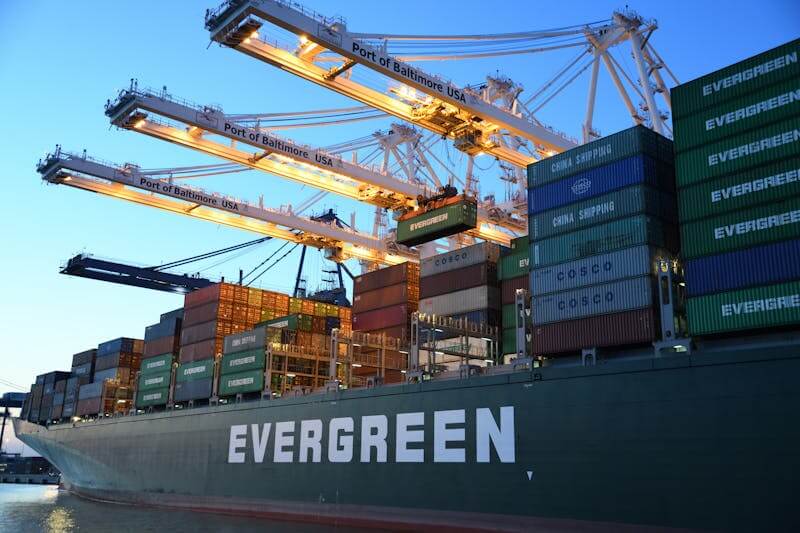
Students will examine the impacts of the Columbian Exchange and identify the economic and cultural impacts of contemporary global agricultural trade. They will also explore how food choices influence patterns of food production and consumption.
Students compare and contrast hair sheep and wool sheep, discover the reasons why farmers raise sheep, and explore ways farmers meet the needs of the sheep they raise.
Students identify the source of the food they eat and investigate the processes and people involved in getting food from the farm to their spoon.
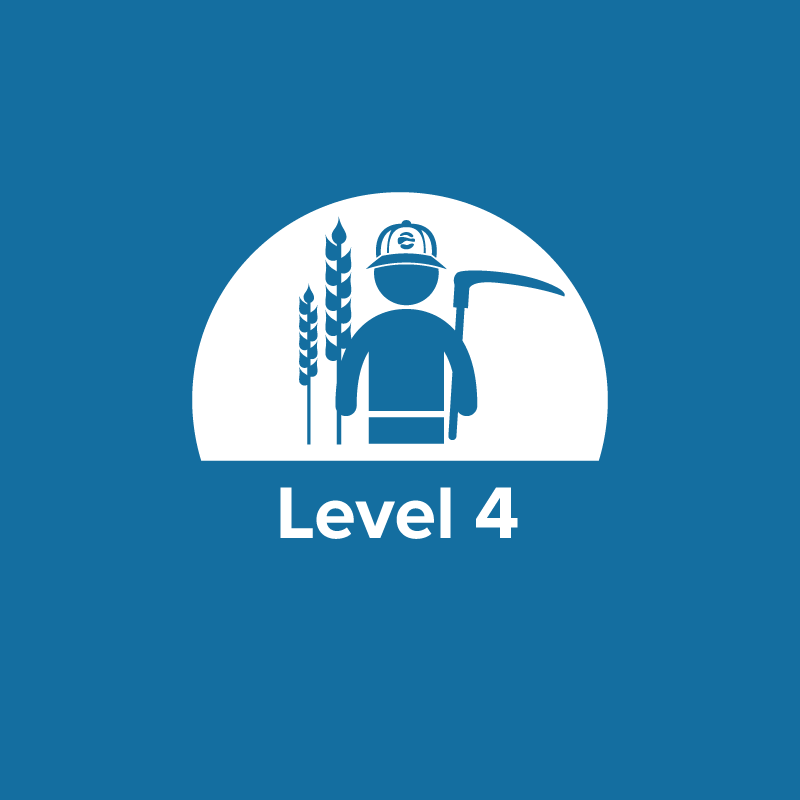
Students will explain why economics are important to sustainability, describe the relationship between a sustainable economy and the environment, develop a model demonstrating how agricultural production creates a ripple effect that impacts local and global economies and social stability, and discuss how investments build an economy.
Using an inquiry approach, students will develop an investigation to determine the difference between two juices. Food safety will be discussed in relation to the results of the investigations. Students will have the opportunity to discover how pasteurization reduces the number of microorganisms in a food such as juice.
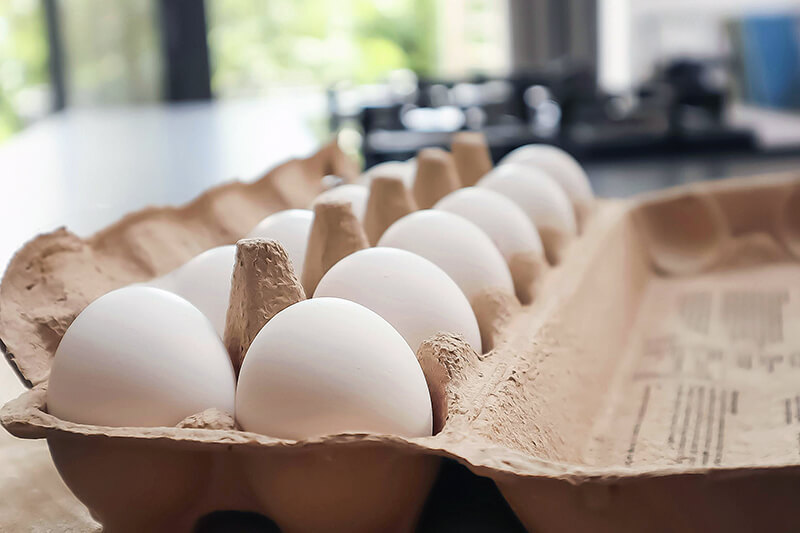
Students trace the production path of eggs, beginning on the farm and ending in their home and identify the culinary uses and nutritional benefits of eggs.